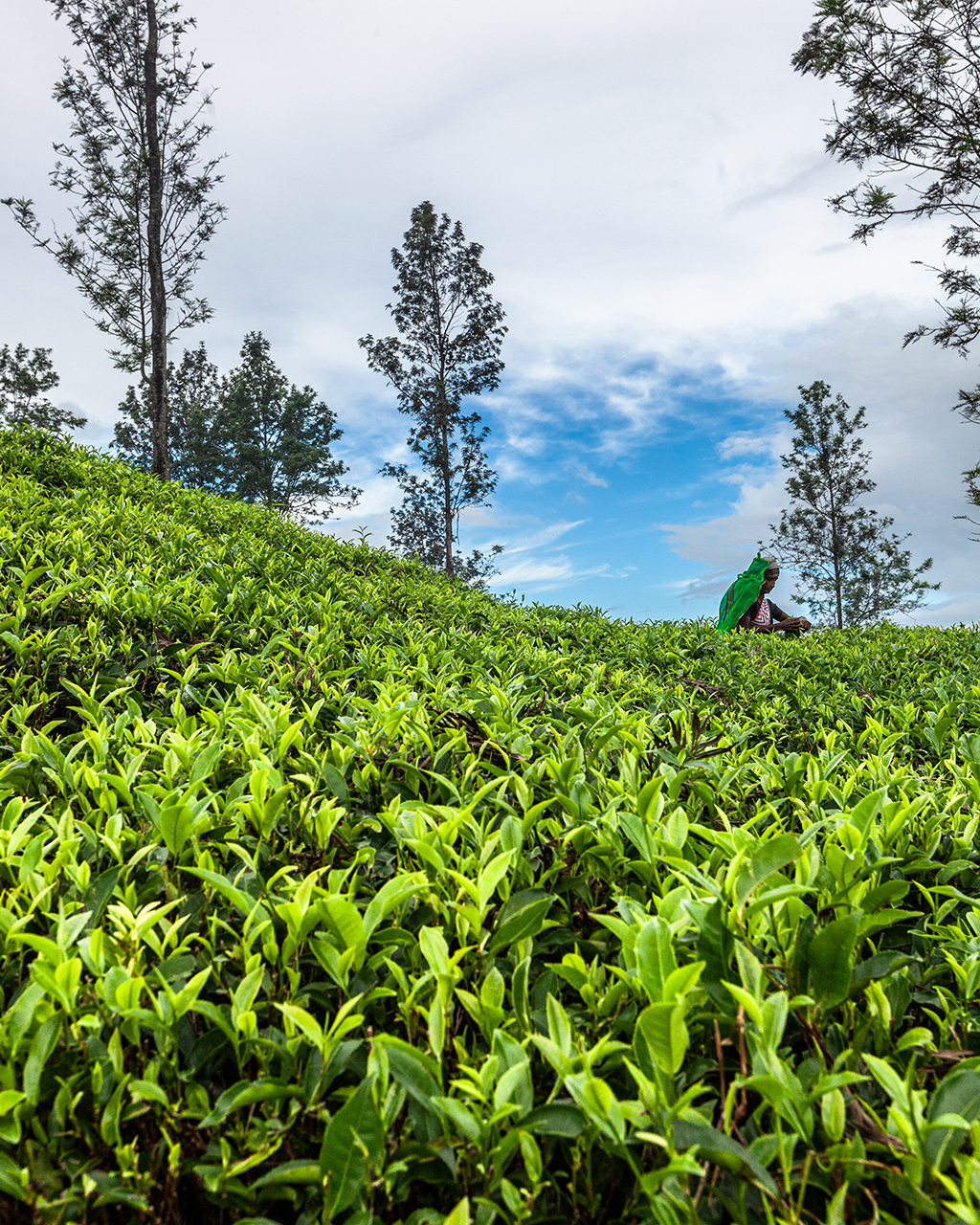
I brace myself against the side of the minivan as we rattle down the remote red dirt track leading to The Mudhouse. The wheels scrabble for grip and the driver slows to a crawl. Buffalo – with a dozen egrets along for the ride on their backs – have created a traffic jam, while a land monitor dallies in the centre of the road, its thick reptilian tail dragging in the dust.
We finally arrive at and pass through a wooden archway, beyond which narrow roads radiate out through a thickly wooded property. About three hours away from Colombo, The Mudhouse is our first stop on a six-day journey into the heart of Sri Lanka that begins near the coast, moves through the central plains and finally winds up into the hills.
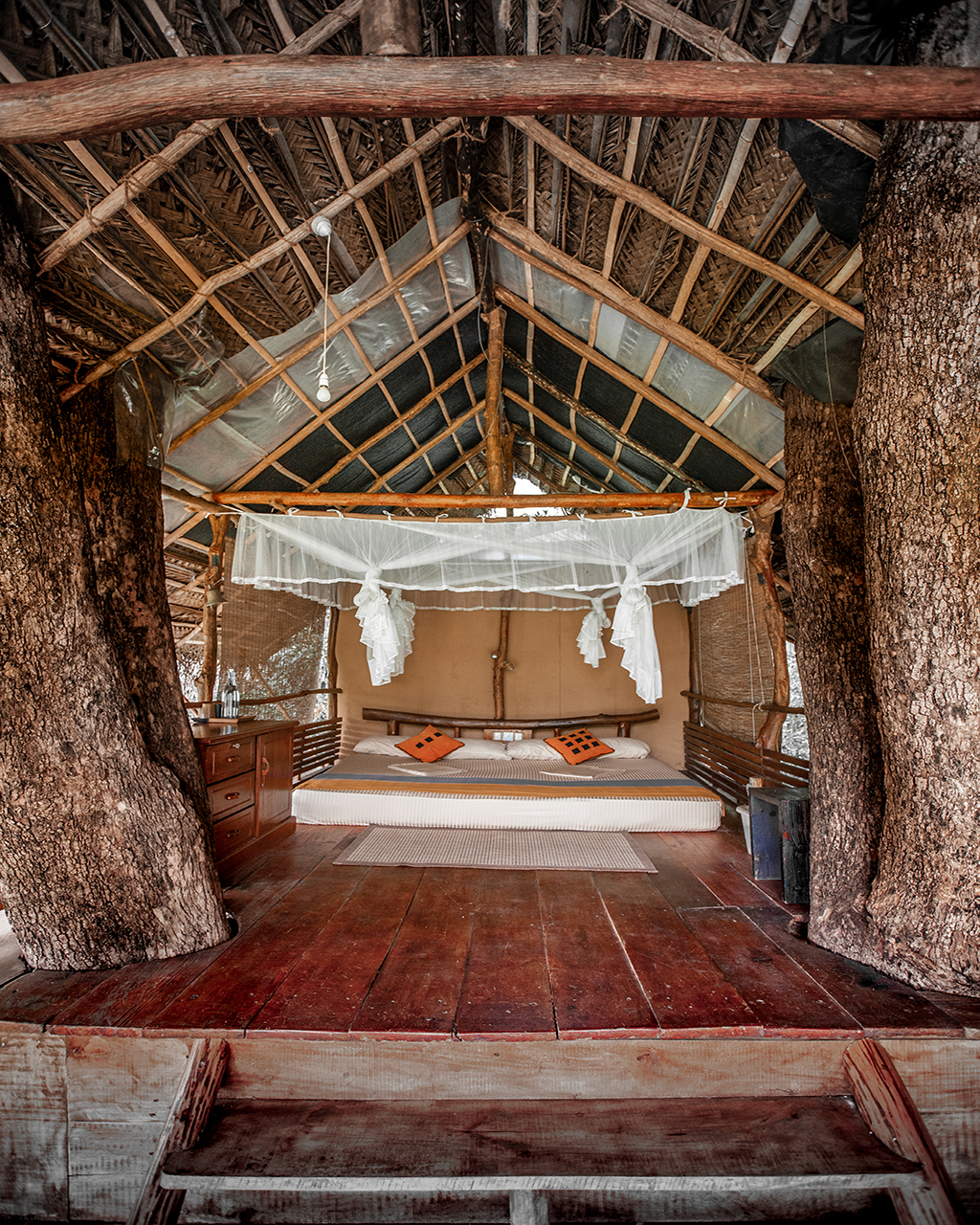
We travel by car, boat and bicycle, abandoning the crowded highways for the B roads that straggle through villages and run alongside reservoirs. Where the road stops, our feet carry us deeper into the woods, higher up into the hills. With every step, Sri Lanka reveals itself.
Sri Lanka has grand ambitions for 2020, which include earning US$7 billion from tourism – up from US$4.4 billion in 2018 – and employing 600,000 Sri Lankans in the sector. Eco-tourism is the current buzzword since the new president Gotabaya Rajapaksa embraced “sustainable environmental management” as one of his 10 key election policies in 2019.
When it comes to drawing visitors to these shores, it’s clear that sustainable food, eco-tourism and wildlife conservation are a winning trifecta. Add to this the gentler pace of slow travel, and you have something quite magical.
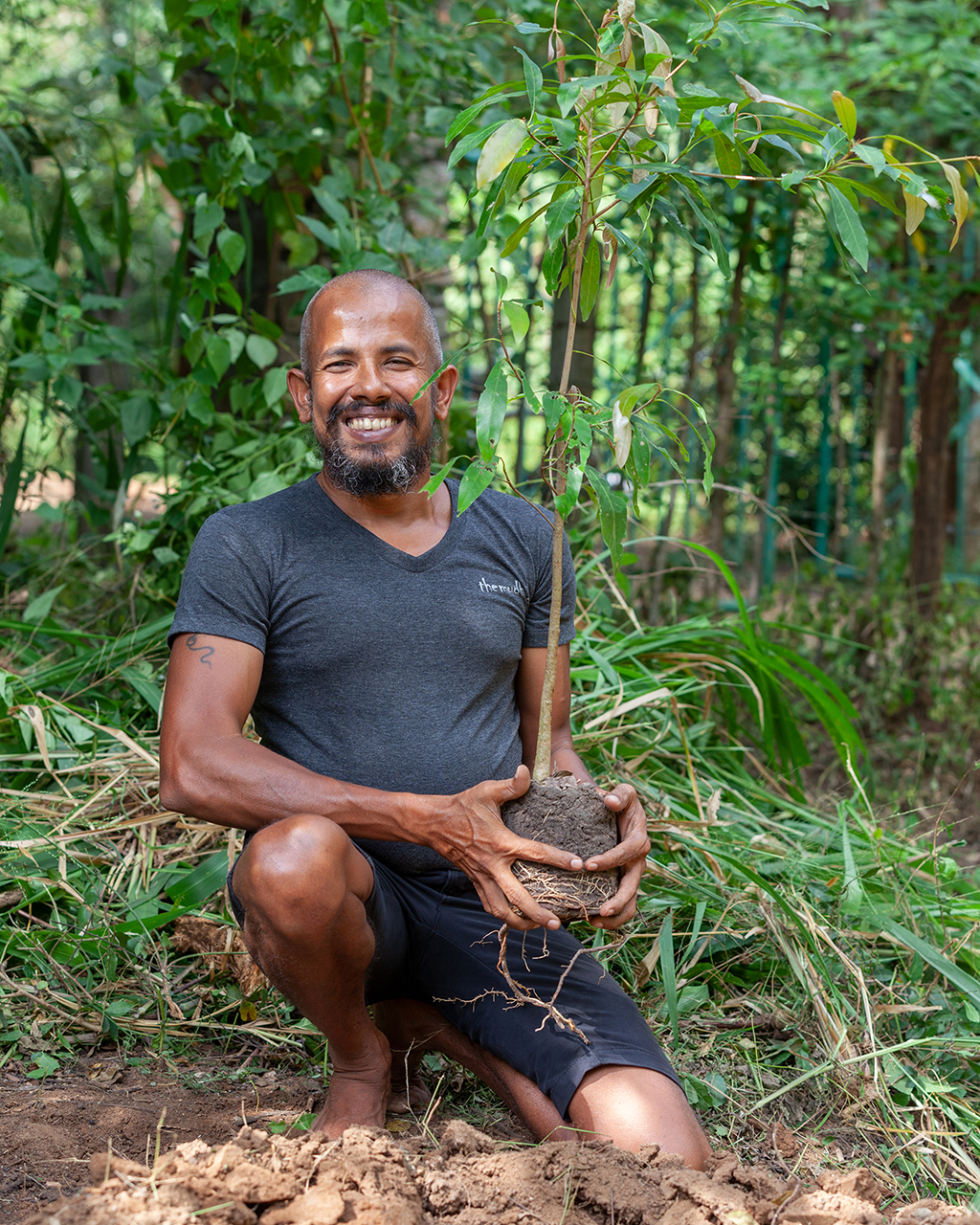
In Sri Lanka, this is beginning to seem less like a trend, and more like a way of life. Certainly, Ranjit Kumaratunge, who co-owns The Mudhouse, was living like this long before anyone told him it was fashionable. Tonight, we’re staying in the original mud house, the one Kumaratunge –Kumar to all – first constructed for himself back in 2003.
The 45-year-old flashes his infectious smile as he shares how he grew up right here in Anamaduwa. While he briefly toyed with the idea of settling along the coast, Kumar wound up buying a piece of land close to home in 2002. It occupied less than quarter of a hectare, overlooked a lake and had been denuded by slash-and-burn cultivation.
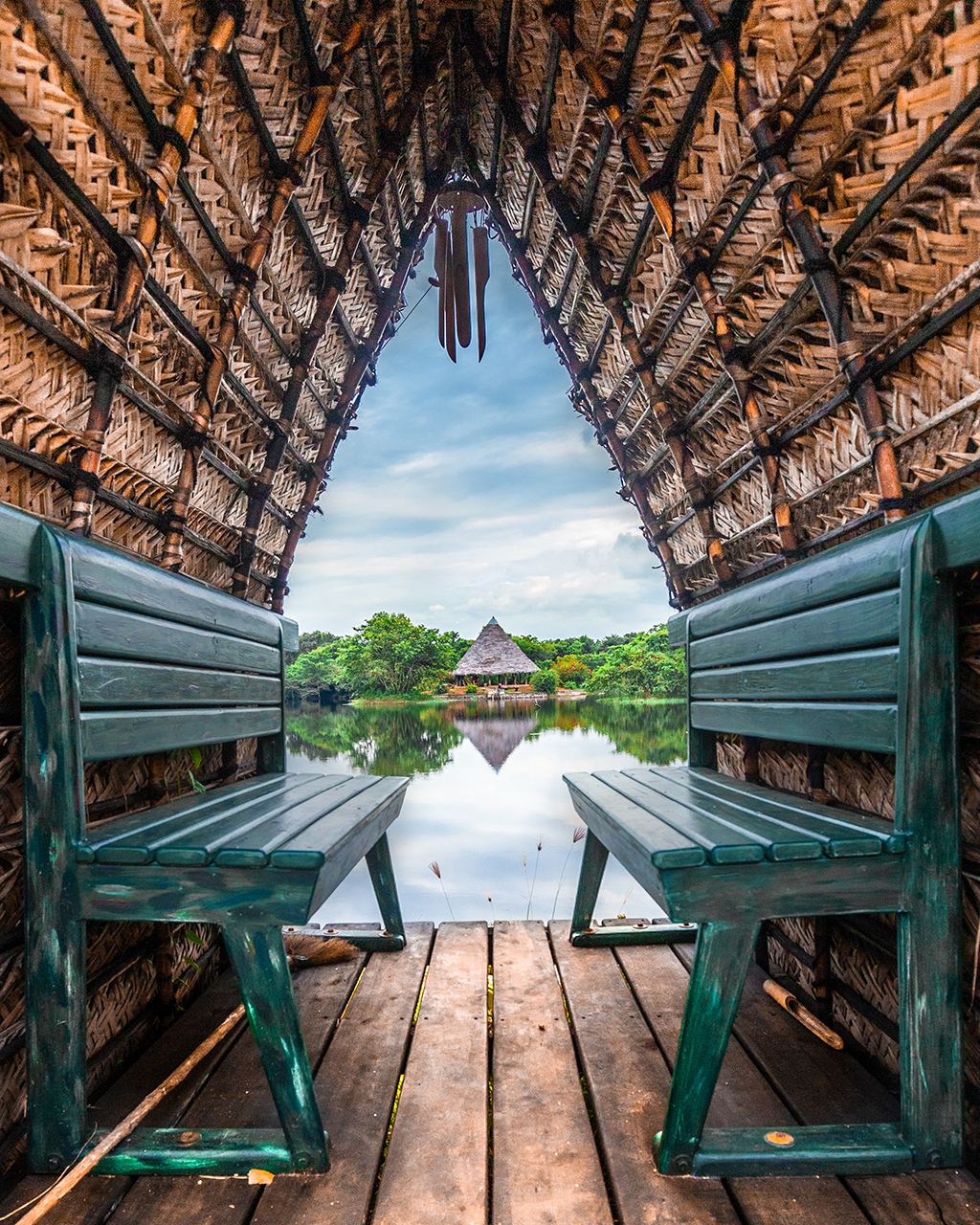
Kumar began a serious reforestation effort and chose to build his house in the way locals had always done in this area: using mud straight from the earth, clay from the termite mounds, dung from the cows, thatch from local trees and grass from the surrounding fields. By 2003, Kumar had a hut to call home.
He met The Mudhouse’s co-founder, Tom Armstrong, when the latter came to Sri Lanka as a volunteer teacher. By 2005, the two friends were in business, buying land from their neighbours to build The Mudhouse, which currently offers five clusters of accommodation – each capable of holding several guests. Some are designed for family living, with multiple beds, while others are aimed at couples. Everything here is done by hand as none of these spaces are connected to the grid, and only limited solar power is available outside the main house.
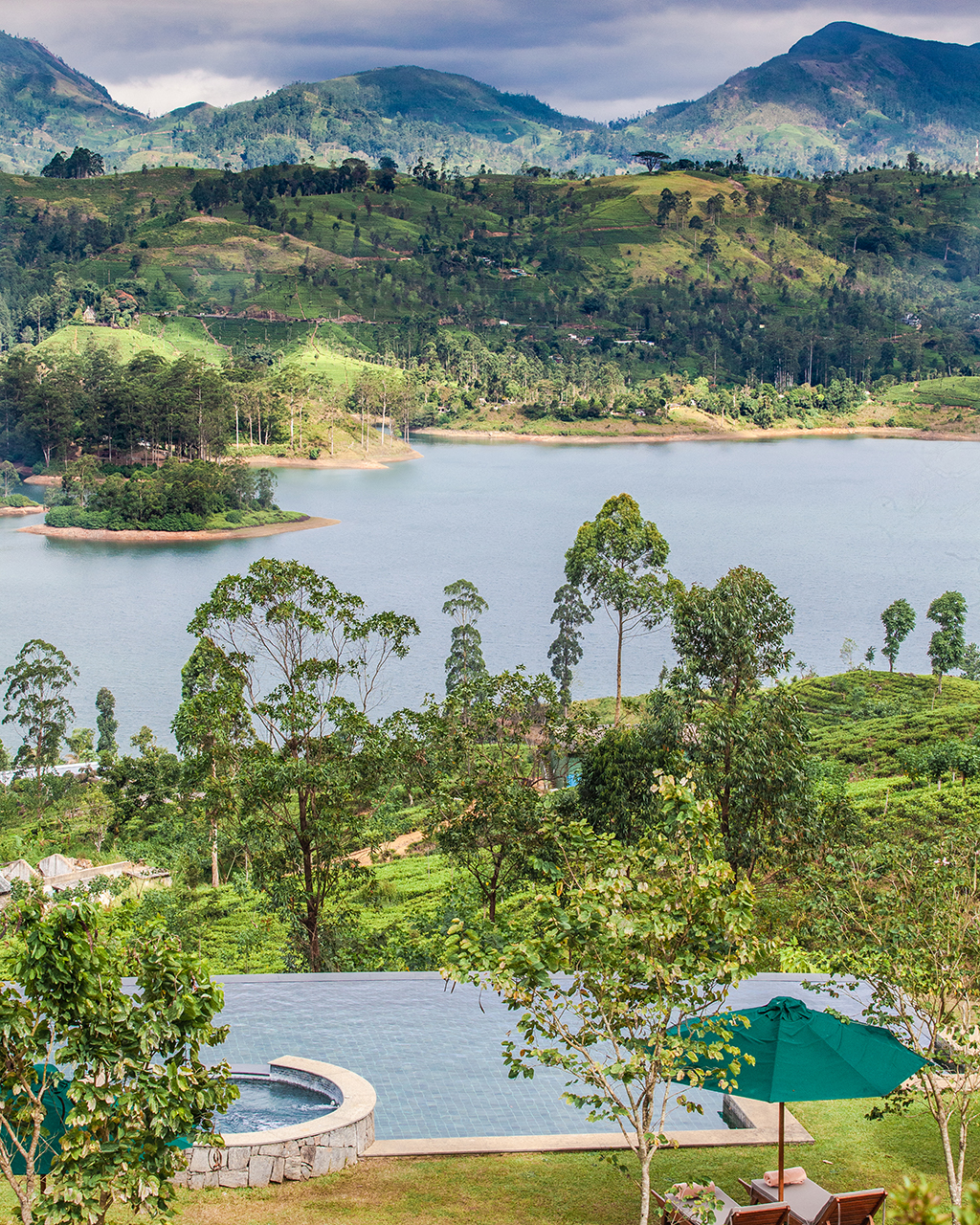
Kumar has since bought even more land from his neighbours and employs about 40 villagers at the property. They come to cook and clean, grow produce at the on-site organic farm and lead expeditions to local sites. Kumar also encourages guests to plant trees to help offset their carbon footprint. As I take my turn, settling a young kumbuk sapling into a fresh hole, he takes a picture for his database.
By planting some 1,000 new trees since 2003 on his 24.2ha property and allowing the ones already there to thrive, Kumar has created a wildlife sanctuary. A scurry of giant squirrel residents can be seen chasing each other across the clearings. Mouse deer, timid and solitary, wander the grounds at night, their eyes reflecting in the torch light. There are also slender grey loris, fishing cats, toque monkeys, peacocks, star tortoises and land monitors on the pathways. It is a veritable Eden.
Mahesh Weeraman, the 32-year-old resident naturalist, has spent the last few months trying to identify the number of birds here; for now, his estimate is close to 100 different species. He and a team of conservationists are also setting up camera traps to better identify the animals roaming the grounds.

Still, with lots left to enjoy, we push on towards the heart of Sri Lanka’s “Cultural Triangle”, where the tangled roots of the forest creep onto the green hills of the Minneriya Giritale Sanctuary. The road to Back of Beyond Wild Haven in Dehigaha Ela is enough to intimidate even the most experienced drivers: It features deep ruts and a rough surface, and in the early evening, you have a good chance of finding an elephant blocking your path.
For Yohan Weerasuriya, the founder of Back of Beyond, it’s all part of the charm. People come here for the treehouses that stand in a small clearing surrounded by tall illuk grass and are filled with the sound of running water from the nearby stream.
Reserved but direct, Weerasuriya gives the impression of a man who doesn’t miss much. He divides his time between the eight properties Back of Beyond manages across the island and can often be found wandering the grounds in flip-flops and a t-shirt.
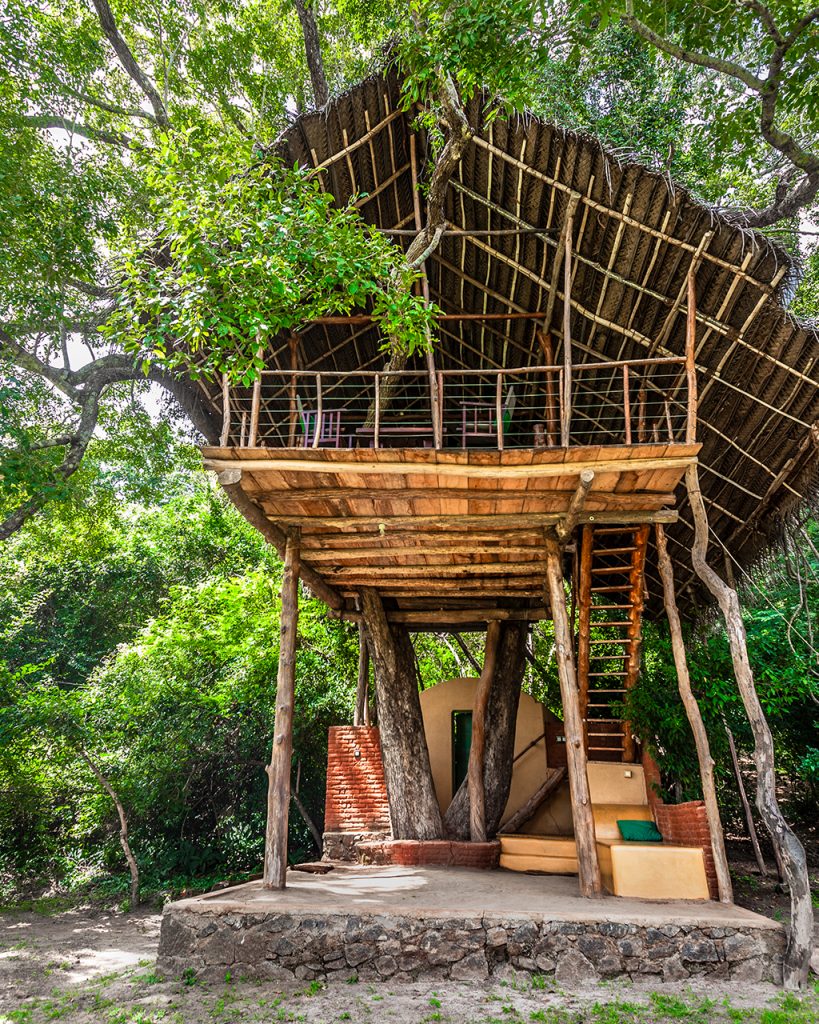
A pioneer of sustainable eco-tourism in Sri Lanka, he built some of the first treehouses on the island for tourists. Having played for hours in one as a child, he was determined to recreate that magic with Back of Beyond, which first opened in 2007.
Despite the success of Back of Beyond, it has not been without challenges. According to Weerasuriya, a truly sustainable approach is complex, requiring companies to pay attention to materials used in construction. Careful water management and how large a carbon footprint the property creates in its day-to-day running are just two of many other considerations.
It can also be challenging to get communities on board. In fact, just outside the borders of this property, villagers have cleared and farmed protected forest lands, and the camera traps set on this property have captured evidence of poaching. Through it all, Weerasuriya has persevered and continued to buy private forested lands around the country, with the hope to create a network of like-minded folks willing to invest in reforestation and build a series of forested corridors that connect critical wildlife spaces across the island.
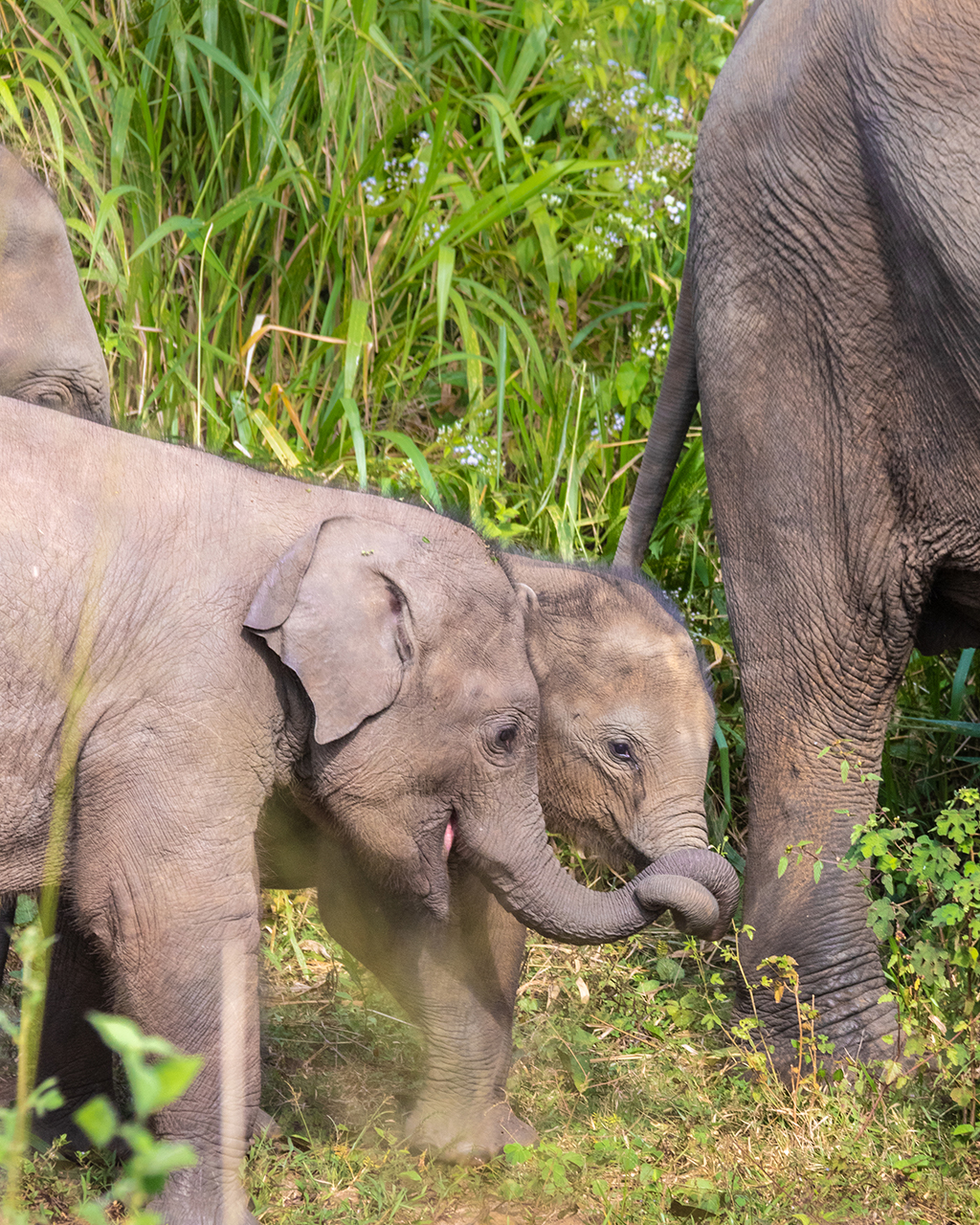
In Sri Lanka, elephants and farmers have long been locked in conflict. Chena cultivators, who liberally deploy slash-and-burn techniques, have been eating away at protected lands. Elephants, understandably, do not recognise boundaries set by humans. The island needs to do more to protect these shrinking habitats, and engineer solutions that would allow humans and elephants to co-exist.
In a year where Sri Lanka lost a record number of elephants to the human-elephant conflict, and where tensions between villagers and their mammoth neighbours are at a peak, Back of Beyond’s Nature Conservancy project envisions ways in which eco-tourism, conservation and agriculture can go hand in hand.
The first of its kind in Sri Lanka, the project is designed to improve forest cover on Back of Beyond’s properties through strategic tree planting as well as assisted natural re-generation (ANR). Guests contribute simply by staying at these locations but can also participate in reforestation and volunteer their time and expertise where relevant.
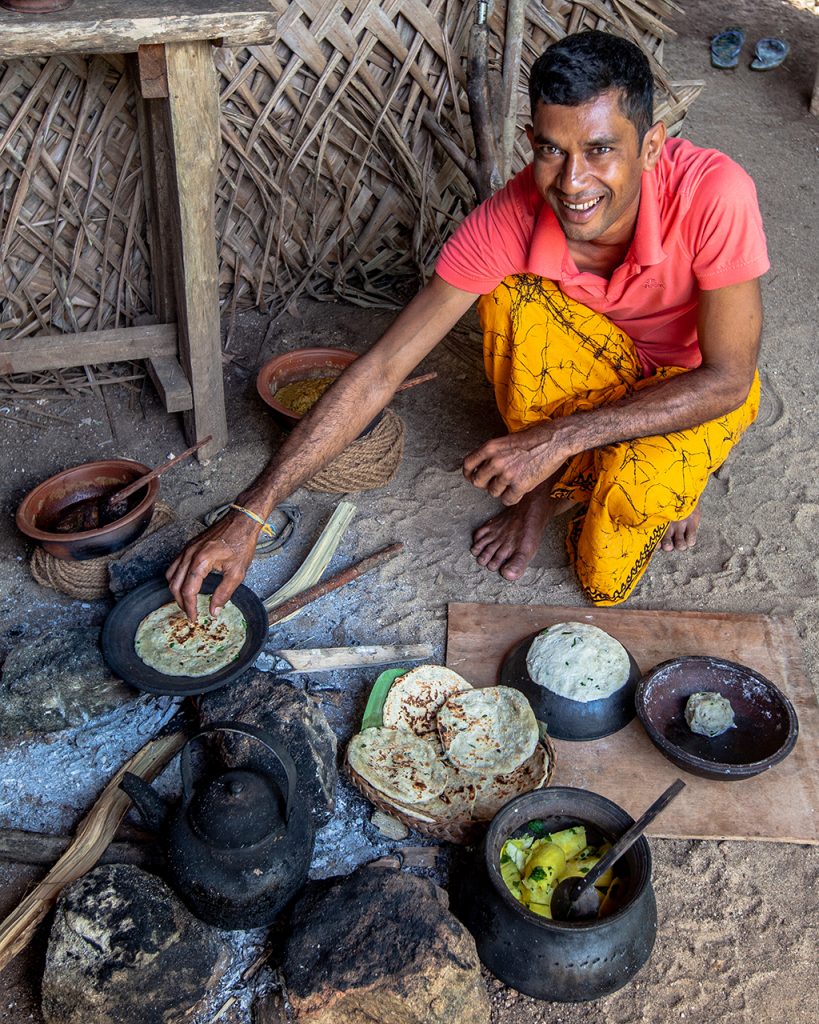
After a few hours of traipsing through the woods around the property, Weerasuriya tells me simply: “These are the luxuries we offer here: peace, solitude, proximity to nature.”
The next morning, we begin our final leg of travel that takes us from the heat of these central plains to the hills, where tea covers the rolling slopes like a carpet of green, and the Ceylon Tea Trails’ five bungalows, part of the family-owned Dilmah Tea Company, lie scattered like a necklace around the stunning emerald waters of the Castlereagh Reservoir.
Standing at the 150-year-old Dilmah tea factory, resident naturalist Rohan Gunasekara points to a ridge covered in patch forest. The 18km-long ridge is part of a stretch spanning the entire Bogawantalawa Valley, home to an estimated 29 leopards. Given that the sanctuary at Horton Plains National Park has about 13 leopards per 100km², this is a genuinely impressive number for an area of unprotected forest.
“We offer peace, solitude and proximity to nature”
The centre was founded after several leopards were snared and killed by locals, prompting Dilmah to partner up with The Wilderness and Wildlife Conservation Trust (WWCT), created by zoologist Dr Andrew Kittle and ecologist Anjali Watson.
The patch forest forms an important corridor between two sections of the Peak Wilderness National Park, and Dilmah hopes that by supporting reforestation here, they will create a viable haven for the wildlife in this area.
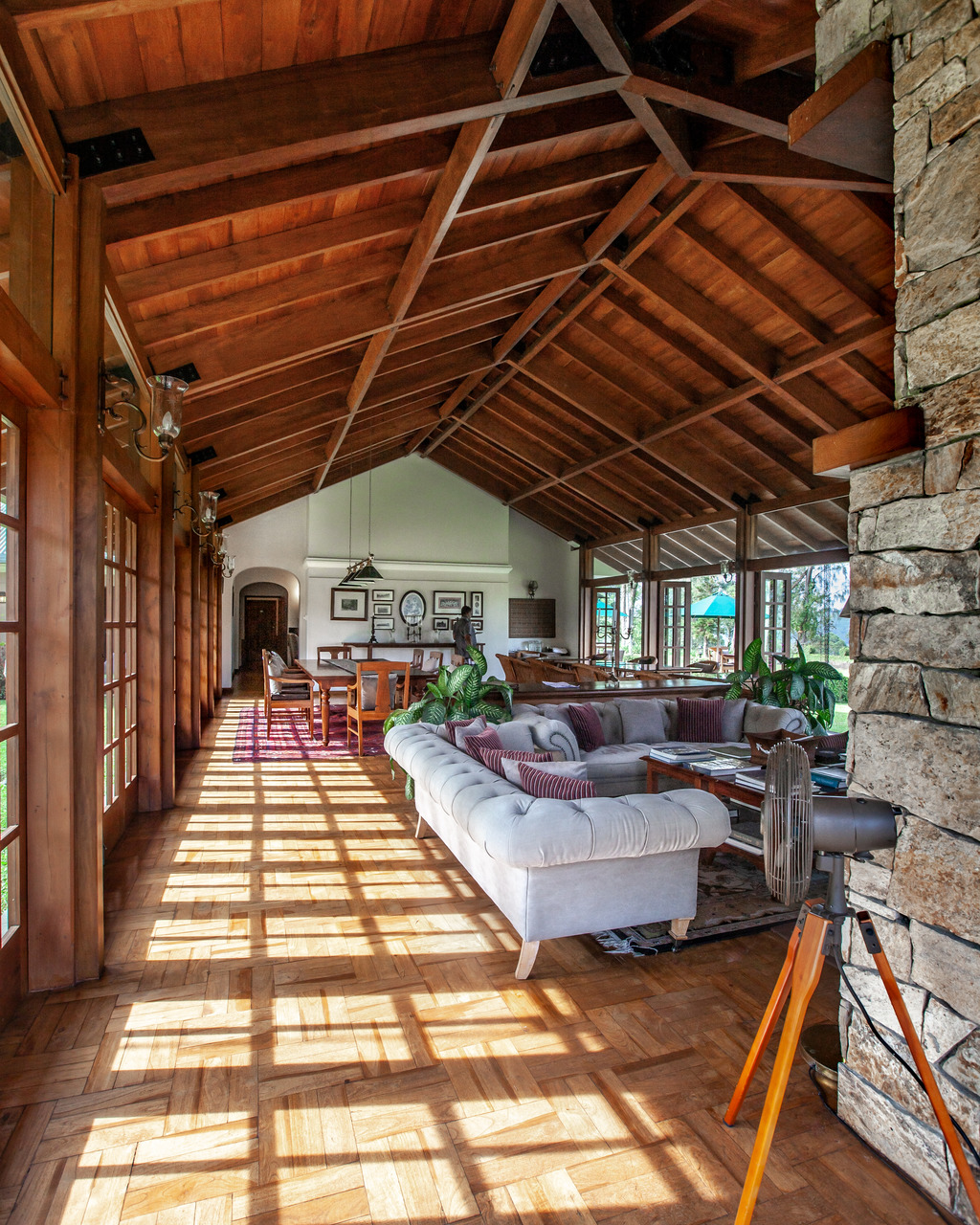
The work WWTC is doing connects back to Sigiriya, where the two Back of Beyond properties join this one in the central highlands as part of WWCT’s Patch Forest Project and serve as critical research sites.
With Sri Lanka’s primary rainforest shrinking dramatically from roughly 80% to 20% in the past decades, and potential for human-animal conflict growing across the country, protecting the leopard, an umbrella species, indirectly conserves the many species that occupy the same habitat. The research here can answer important questions about how leopards and humans can peacefully co-exist. Such insights can also help travel operators take constructive steps toward protecting wildlife, which will only continue to draw tourists, says Watson.
In the end, it’s the memories of these forests I take with me. Here, I find echoes of the past, of the rich primitive jungles that once dominated this landscape, and glimpses of a brighter, more environmentally conscious future.
Sustainable eats in Sri Lanka
Tri Lanka
This luxury hotel on the shores of Koggala Lake boasts farm-to-table and lake-to-plate dining using organic and seasonal ingredients. Expect delicious Sri Lankan fusion dishes like a Maldivian fish hopper amuse bouche and smoked wattalapam (coconut custard) panna cotta.
Polwaththa Eco Lodges
Enjoy local produce and organic wild coffee grown around the property. Take a cooking lesson here to master Sri Lankan classics like jackfruit curry and pol sambol (a condiment of chilli pepper, coconut and red onion)
Jetwing Kaduruketha
Sitting in the middle of working paddy fields, this hotel grows its own rice and vegetables. Signature dining experiences include a farmer’s lunch in a village home and a candlelit dinner in the fields.
SilkAir flies between Singapore and Colombo four times a week. To book a flight, visit singaporeair.com
SEE ALSO: Three eco-tours to experience Sri Lanka’s mangrove forests
This article was originally published in the March 2020 issue of Silkwinds magazine
The post Sri Lanka’s eco-tourism efforts are paying off — here’s how appeared first on SilverKris.
from SilverKris
No comments:
Post a Comment